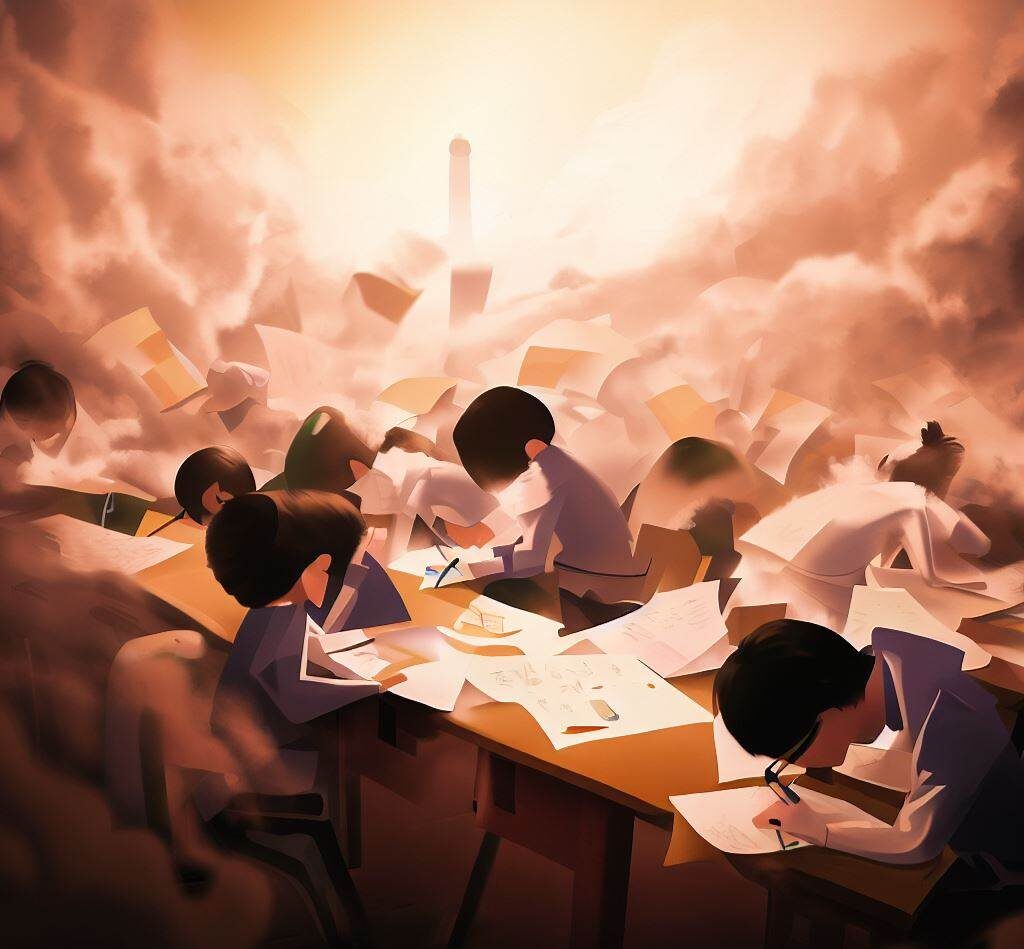Education reforms in China

Education reforms in China
China has undergone significant changes in its education system over the past few decades. The country has placed a strong emphasis on education, recognizing it as a key factor in its economic development and global competitiveness. The government has implemented various education reforms in China, aiming to improve the quality of education and prepare students for the challenges of the 21st century.
One of the most significant education reforms in China has been the introduction of the “New Curriculum.” The New Curriculum was implemented in 2001 and aimed to shift the focus of education from memorization and rote learning to critical thinking, creativity, and practical skills. The curriculum emphasizes the development of students’ abilities in science, technology, and mathematics (STEM) and has incorporated courses in information technology, English language learning, and physical education.
Another key reform was the implementation of the “Quality Education Program” in 2007. The program aimed to provide equal educational opportunities for students, regardless of their economic or social status. The program focuses on developing students’ abilities in practical skills, social responsibility, and moral values.
In recent years, China has also implemented reforms to its college entrance examination, known as the “gaokao.” The gaokao is a highly competitive and stressful examination that determines which students can attend China’s top universities. The government has made efforts to reduce the emphasis placed on the gaokao and create more diverse pathways for students to enter higher education. The government has also encouraged universities to adopt a more holistic approach to admissions, taking into account students’ extracurricular activities and personal achievements.

Moreover, the Chinese government has recognized the importance of vocational education and has implemented reforms to strengthen vocational education and training. The government has invested in vocational schools and colleges to provide students with the skills and knowledge needed to succeed in the job market. These reforms have helped to bridge the skills gap and provide opportunities for students who may not be interested in pursuing traditional academic pathways.
However, despite these reforms, challenges remain in China’s education system. One of the main challenges is the lack of quality teachers. The government has implemented policies to attract and retain high-quality teachers, but more needs to be done to improve teacher training and support.
Another challenge is the pressure placed on students to perform well academically, which can lead to high levels of stress and mental health problems. The government has recognized this issue and has implemented policies to reduce academic pressure on students. However, more needs to be done to create a more balanced education system that values both academic achievement and students’ well-being.
In conclusion, China’s education system has undergone significant reforms in recent years, aiming to provide students with the skills and knowledge needed to succeed in the 21st century. While challenges remain, the government’s commitment to improving education and creating equal opportunities for all students is a positive sign for the future of China’s education system.








